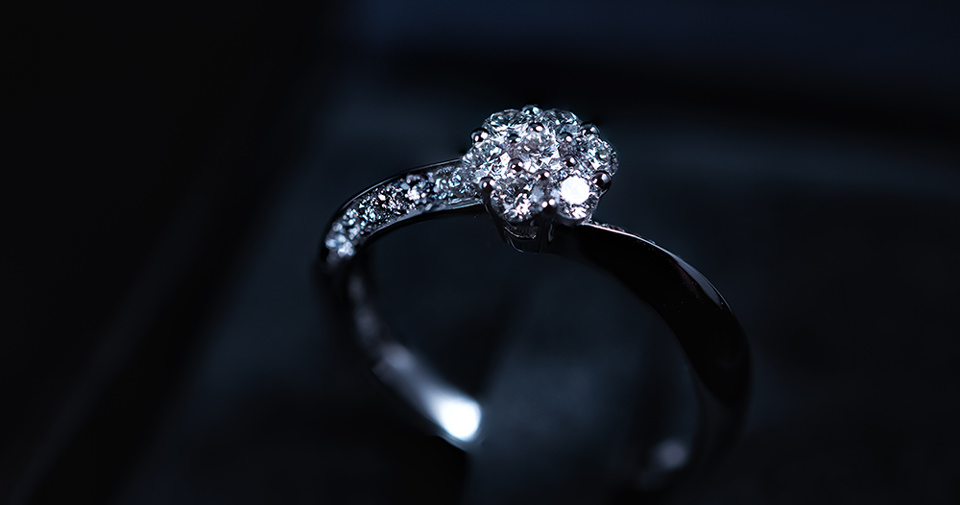Simulated diamonds, or more commonly known as diamond simulants, look like real diamond stones but differ with them in terms of optical, physical, and chemical properties. If you are looking for a diamond imitation, make sure that you know what comes along with such a purchase and what is not.
Gemologists refer to Simulated Diamond Rings as simulants because of the process of how these gems can be imitated. Currently, there are two processes of imitating a diamond, and these are by natural materials that look like real diamonds and by the use of lab-grown materials. For more than centuries, some of these materials act as stand-ins for diamonds:
- Zircon
- Beryl
- Sapphire
- Topaz
- Colorless quartz
- Glass
Laboratory manufactured diamond simulants.
Among all these, zircon is the most used stand-in gem material because of its diamond-like dispersions, texture, and physical structure. Today, the most purchased diamonds are manufactured from a laboratory with the use of heated powdered ingredients at the melting point, cooled and solidified.
Despite being similar to synthetic diamonds when it comes to the way of production and manufacturing, simulated diamonds are not the same as synthetic ones. The latter is more similar to diamonds in terms of optical, physical, and chemical properties. These similarities also include the price range of these two diamond types. If you are looking for engagement rings that are within $1 to $200 per carat, a Simulated Diamond Ring is your best bet. Synthetic diamonds are usually sold at $5,600 to $9,000 or more per carat.
Diamonds versus Simulated Diamonds
As you already know, most simulated diamonds have different physical and chemical compositions from synthetic and natural diamonds. Though synthetic and natural diamonds are known as the most durable ones because they are made from the most robust and hardest gems, diamond simulants are considered by experts as nearly as tough as their pricier counterparts.
Simulated diamonds: Are they good or bad?
When it comes to expressing your love to someone, there is nothing that can be labeled as good or bad. No matter how simple it is, if it symbolizes commitment and unwavering love, it is as valuable as those rings with the most expensive price tags.
In the case of buying your engagement ring, your love may be unlimited, but your wallet is not. Instead of waiting for a long time to finally complete your savings for a $100,000 engagement ring, take your chances sooner with a less expensive but just as tough and aesthetically-pleasing simulated diamond ring. Love is a matter of the heart, so the cost of the ring cannot measure it.
If you want to give your fiancé a replica ring because you want to keep the more valuable ring safe, you can use a simulated diamond ring instead. You can even ask your jeweler to imitate the design and features of the original diamond ring and apply it to the simulated ring. Through this, even if she wears the original or the replicated one, she cannot feel the difference.
The Takeaway
Finding the perfect ring to propose may be tedious and would require thoroughness. But if you only think of how happy your future fiancé would be once you get to put that ring on her finger, you can say that all of these will be well worth it.

